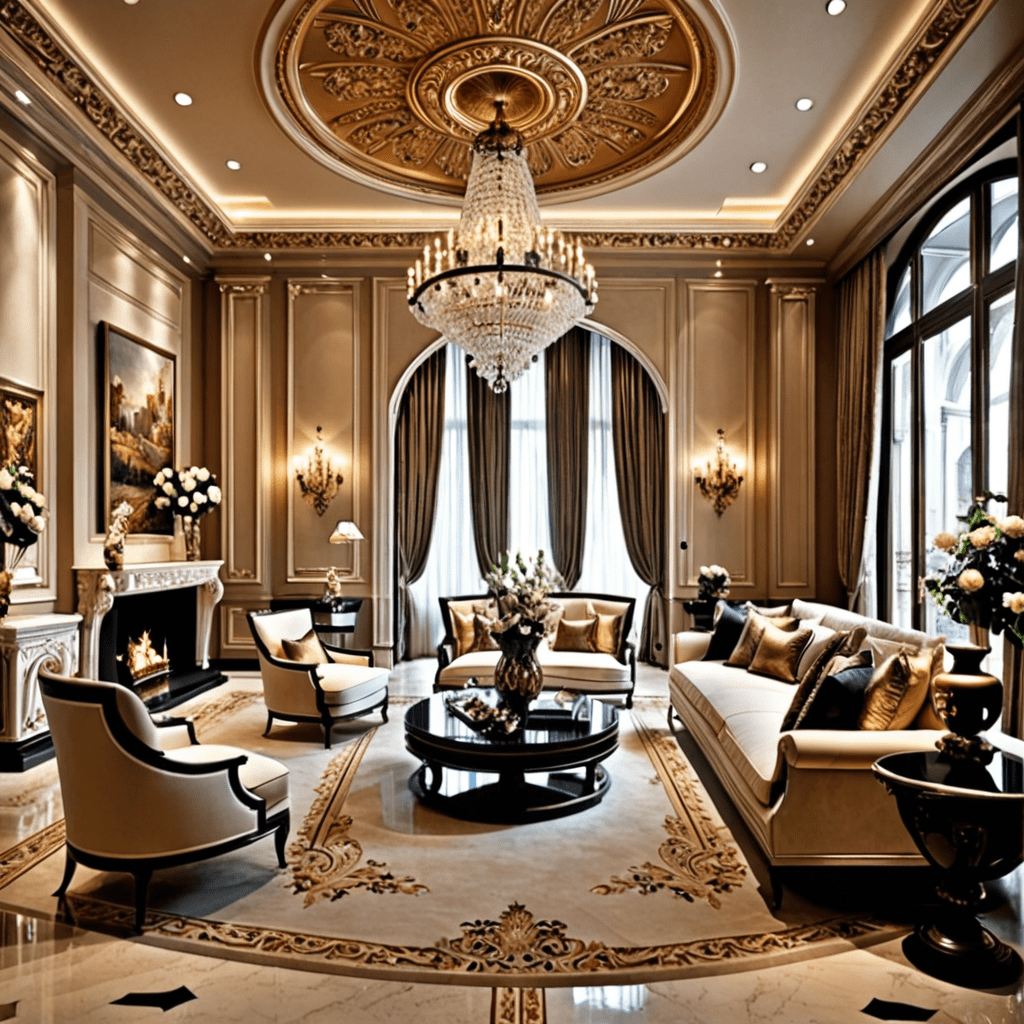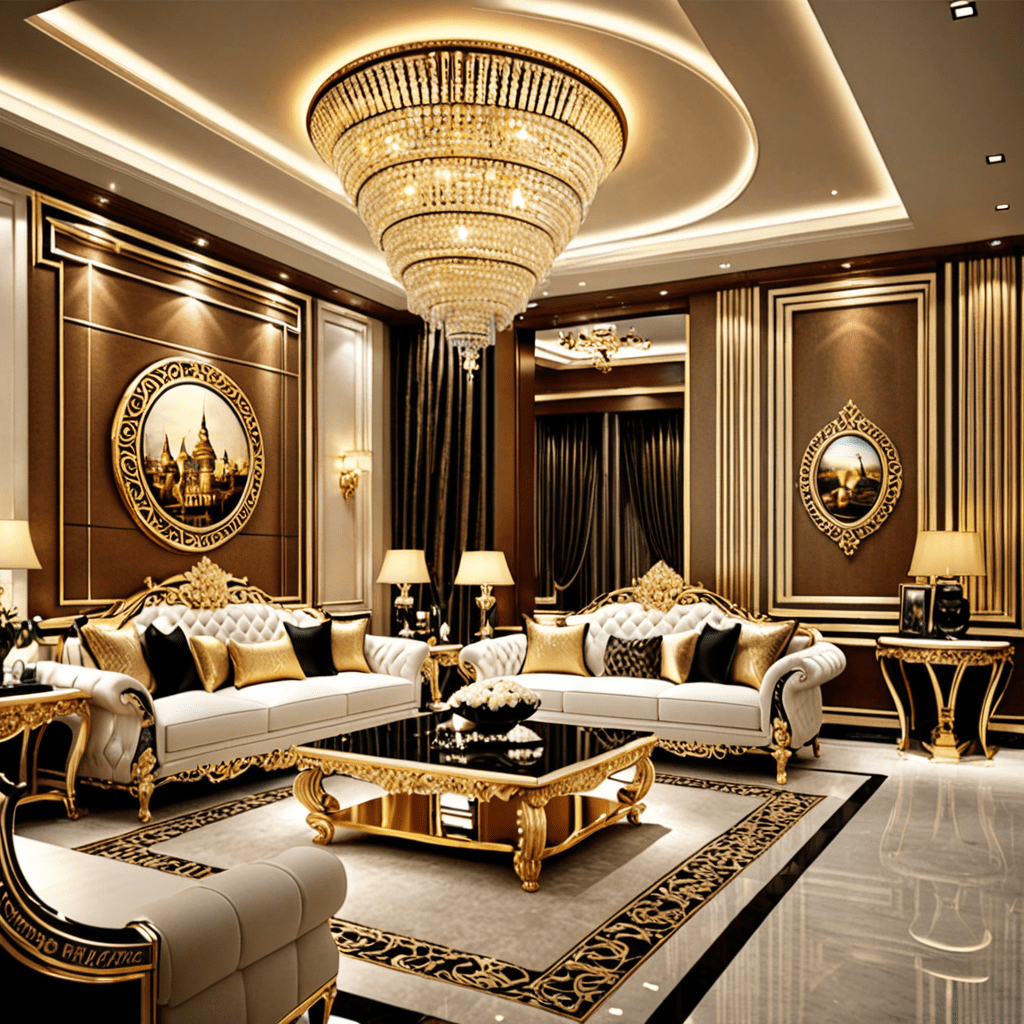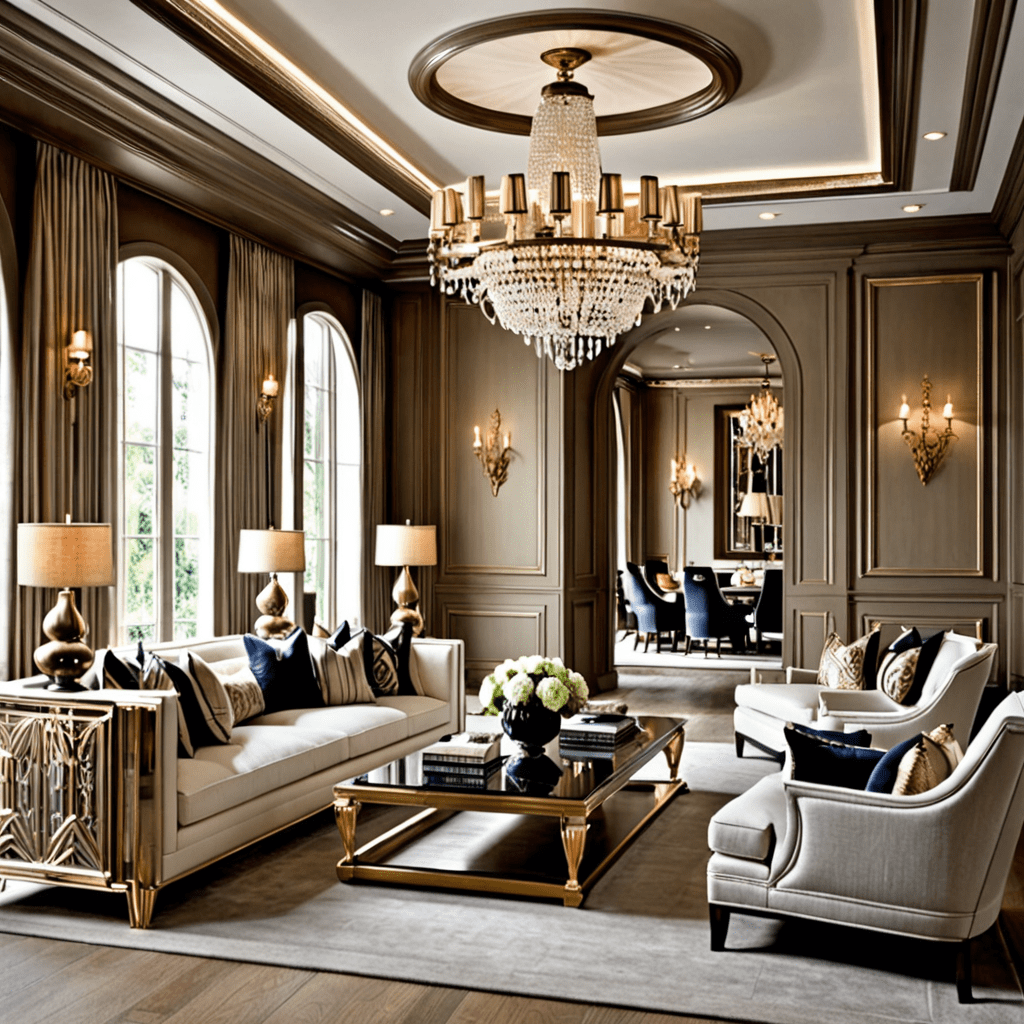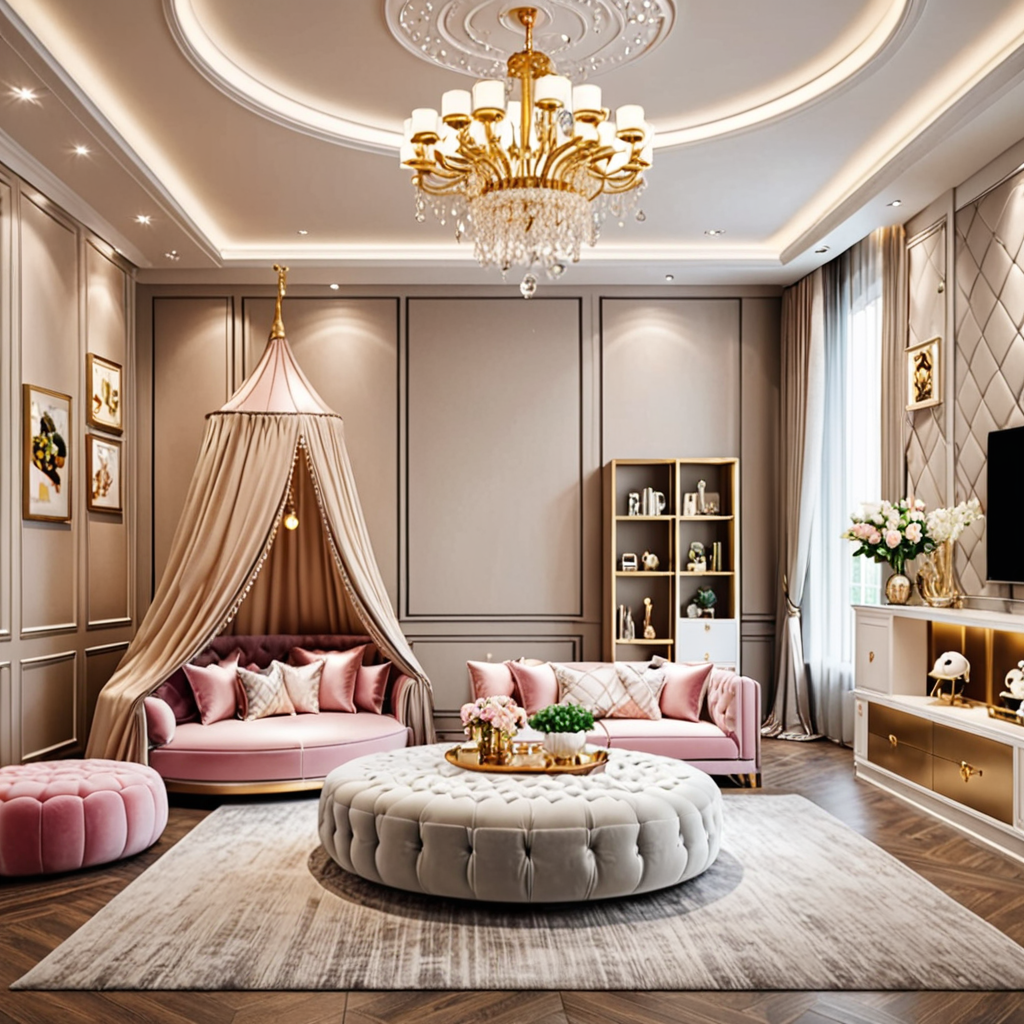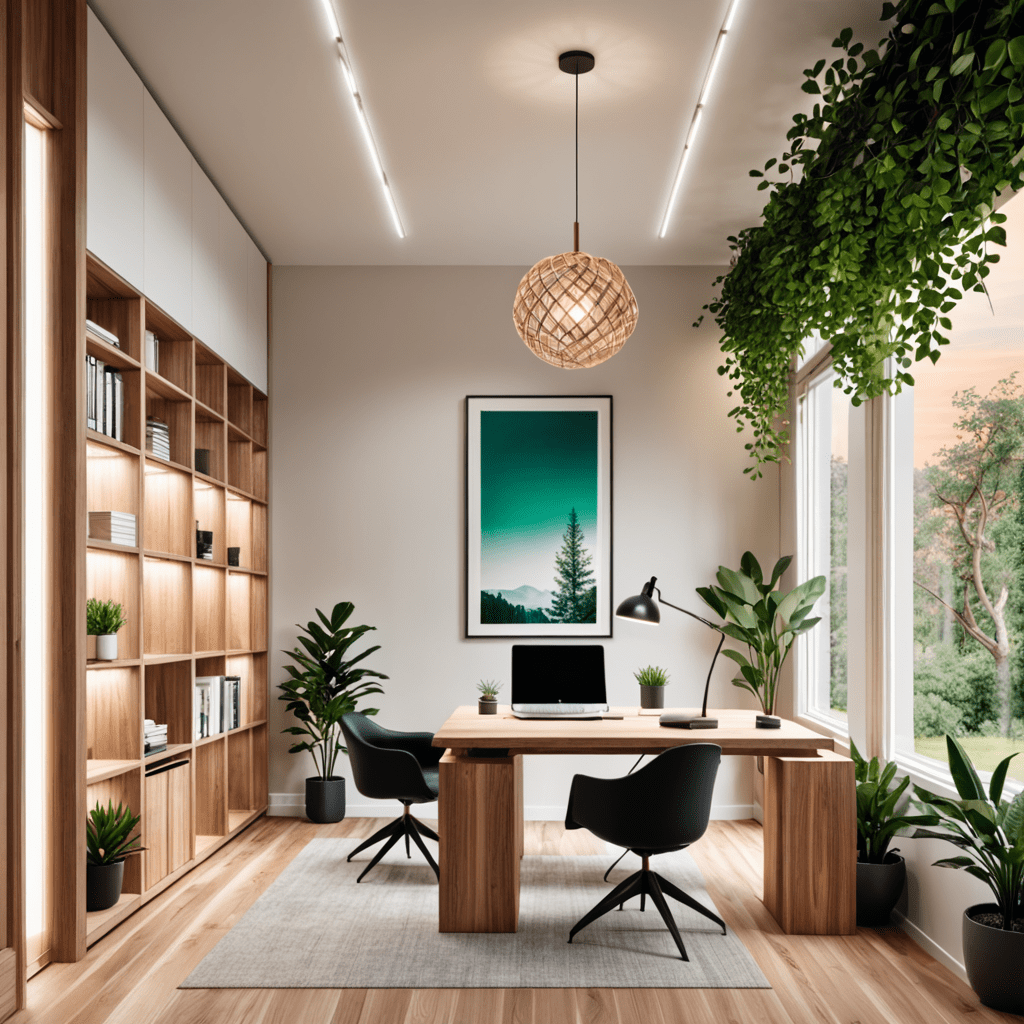„Mastering Proportion and Scale for Stunning Interior Design”


Mastering Proportion and Scale for Stunning Interior Design
When it comes to interior design, proportion and scale play pivotal roles in achieving a visually appealing and harmonious overall look. Understanding how to effectively utilize these fundamentals can transform a space from average to exceptional, elevating the aesthetic appeal and functionality of a room. In this article, we’ll delve into the significance of proportion and scale in interior design and provide practical tips for incorporating these elements into your home.
Understanding Proportion and Scale
Proportion refers to the relationship between different elements within a space. It involves ensuring that the sizes of various objects and furniture pieces within a room are visually balanced and harmonious. On the other hand, scale addresses the size of an object in relation to the space it occupies. Both these concepts are essential for creating a sense of visual equilibrium and flow within an interior.
Importance of Proportion and Scale in Interior Design
Consider the impact of a large, overstuffed sofa placed in a small living room or a tiny coffee table lost in a vast, open space. In both scenarios, the proportion and scale are off, resulting in an unbalanced and visually jarring environment. When these principles are not carefully considered, a room can feel overwhelming, cramped, or disjointed. By mastering proportion and scale, interior designers can create a sense of unity, coherence, and comfort within a space.
Tips for Implementing Proportion and Scale in Interior Design
1. Start with the Basics: Understanding the dimensions of your space is crucial. Measure the room, doorways, and any elements that will impact the placement of furniture and decor.
2. Select Appropriate Furniture: Choose furniture that suits the size of the room. In a small space, opt for sleek, streamlined pieces to prevent overcrowding. For larger rooms, consider substantial, statement furniture to fill the space effectively.
3. Balance Heights and Widths: Vary the heights and widths of furniture and decor items in a room to create visual interest. Taller items can be placed next to lower ones to establish a sense of equilibrium.
4. Grouping and Placement: Arrange furniture and decor in cohesive groupings, considering both size and visual weight. For example, a large sofa should be complemented by substantial, appropriately sized side tables and accent chairs to maintain balance.
5. Use of Color and Pattern: Pay attention to the scale of patterns and the impact of color. Small patterns may get lost in a large room, while oversized patterns can overwhelm a small space.
6. Visual Tricks: Mirrors, strategic lighting, and the use of vertical lines can all contribute to altering the perceived proportions of a space, making it appear larger or smaller as needed.
Achieving Proportion and Scale FAQs
Q: What is the impact of ignoring proportion and scale in interior design?
A: Ignoring proportion and scale can lead to a space feeling crowded, imbalanced, or visually unappealing. It can also affect the functionality and flow of the room.
Q: How can I determine the appropriate scale for furniture and decor in my room?
A: Consider the size of the room, the other elements within the space, and the overall aesthetic you wish to achieve. Additionally, mock-up layouts or consult with a professional for tailored advice.
Q: Are there specific guidelines for incorporating proportion and scale into interior design?
A: While there are general principles, such as ensuring furniture fits the room without overpowering it, the best approach often varies based on the unique characteristics of a space.
Q: Can proportion and scale impact the perception of a room’s size?
A: Yes, the use of proportion and scale can visually alter the perception of a room’s size. Strategic placement of appropriately scaled furniture and decor can create an illusion of a larger, more harmonious space.
In conclusion, mastering proportion and scale is an essential aspect of creating an aesthetically pleasing and functional interior. By carefully considering these elements, you can transform your home into a space that radiates balance, harmony, and visual appeal. Whether you’re rearranging an existing room or starting from scratch, incorporating proportion and scale into your design approach will undoubtedly elevate the overall ambiance of your living spaces.
